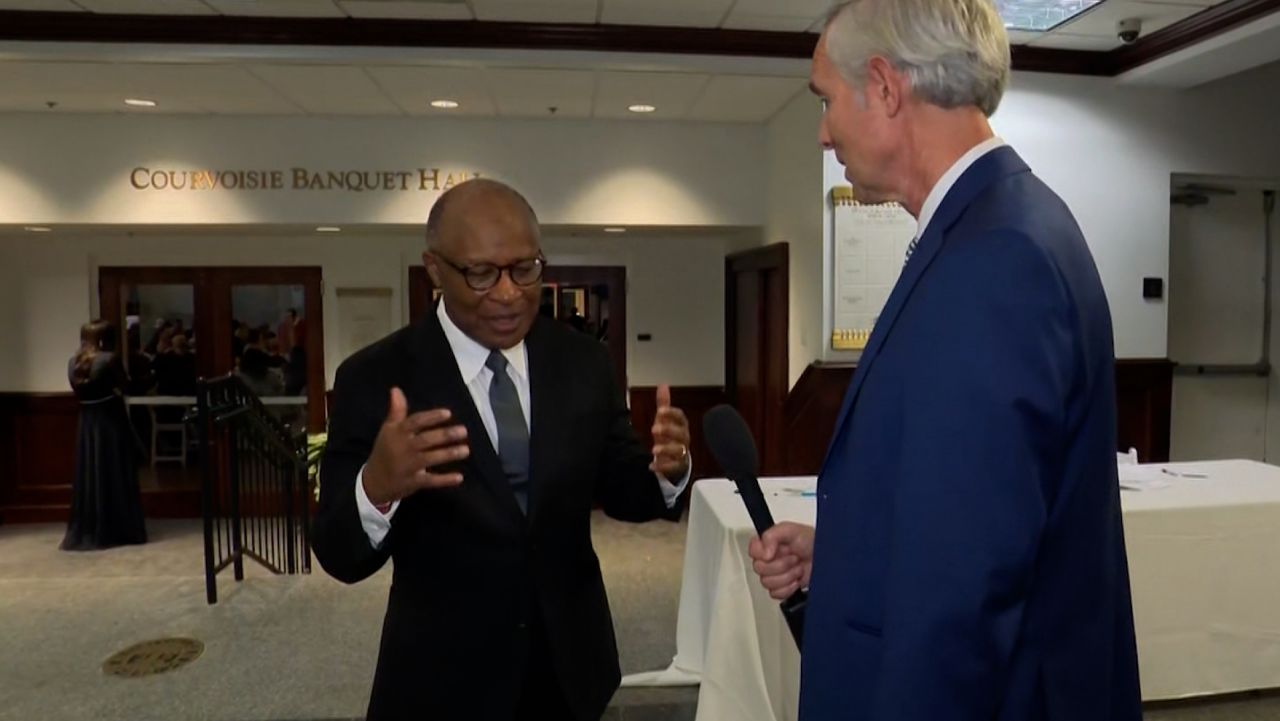Editor’s Note: Mike Shields, a former CNN political contributor, is the founder of Convergence Media and former Republican National Committee chief of staff. Convergence Media represents the National Republican Congressional Committee, NRCC Chairman Richard Hudson, House Speaker Kevin McCarthy and former Rep. Mayra Flores of Texas, among others. The views expressed in this commentary are his own. View more opinion on CNN.
A proverb often attributed to baseball legend Yogi Berra is, “It’s difficult to make predictions, especially about the future.” And yet, the entire industry of politics is built around trying to do just that.
Fortunately, Republicans now have sophisticated data tools to help guide us in making extremely educated guesses about what is to come. But even when data points us in a clear direction, we sometimes don’t want to believe what we are seeing.
Case in point, many still believe an old theory that Republicans fare better in midterm elections when voter turnout is traditionally lower, and that Democrats fare better in presidential election years when voter turnout is traditionally higher.
Yet recent elections suggest a new trend is emerging, and we need to pay attention to it.
The great realignment of American politics, which began with the House of Representatives’ Republican freshman class in 2010 — and was boosted by the candidacy of Donald Trump in 2016 — has given us critical new data points about American voters. The tectonic polarization of the electorate along education, income and geographic lines isn’t just reshaping the parties, it is also reshaping voter turnout models.
The new, or perhaps still emerging Republican coalition has more blue-collar, non-college educated and rural voters — similar to the expansive coalition that former President Ronald Reagan built in the 1980s. It has more voters who didn’t take part in many previous elections because they didn’t believe anyone cared about them or that their vote made a difference.
In fact, we now have enough election data to confidently say many of them are more likely to stay home in a midterm election and more likely to participate in a presidential election — upending decades of political science orthodoxy.
Further exacerbating this phenomenon is the Democratic Party’s move toward a much higher-income, White coastal voter base, and with it, a more left-wing progressivism that is alienating significant segments of Hispanic and Black voters.
The upshot is, to paraphrase Berra, when Republicans come to a fork in the road, they should take it. GOP candidates considering a run for political office in 2024 should not fear presidential turnout; they should embrace it.
This trend began to emerge in the 2016 election cycle and became clearer in 2018 and 2020. For simplicity, let’s compare the most recent midterm cycle, 2022, with the most recent presidential cycle, 2020.
In 2020, Republicans gained 15 seats in the House, losing zero incumbents, even while losing the presidential election. Yes, a large part of this is due to the stellar job House Speaker Kevin McCarthy and then-National Republican Congressional Committee (NRCC) Chairman Tom Emmer did in recruiting. Every single pickup we had in 2020 was a woman, a veteran or a minority candidate. (Current NRCC Chairman Richard Hudson is executing the same game plan, trying to recruit an even more diverse class in 2024.)
But another large part of that success was due to the new turnout trend in presidential cycles.
In 2024, according to NRCC data models, which took 2020 congressional vote totals and grouped them by their new congressional district lines for 2022, two-thirds of battleground districts look likely to be more favorable to Republicans in a presidential cycle than they were in a midterm cycle.
According to the NRCC analysis of final vote tallies, there are 19 districts in which Trump’s 2020 performance was greater than the Republican congressional candidate in 2022. In an additional eight districts, the 2020 GOP congressional candidate outperformed the GOP congressional candidate in 2022. That’s 27 congressional seats that benefited from a presidential election year lift.
Examples from NRCC historical election analysis show that in top target districts like North Carolina’s 13th District, Trump’s 2020 margin overperformed the 2022 GOP congressional candidate’s margin by 1.5 percentage points; by 0.5 points in Michigan’s 10th District; by 4.7 points in Michigan’s 7th District; by 5.3 points in Pennsylvania’s 8th District; and by a whopping 16.2 points in Ohio’s 9th District.
Similarly, in seven targeted congressional races occupied by a Republican, either Trump’s margin or the Republican congressional candidate’s margin in 2020 overperformed the Republican congressional candidate’s margin in 2022 within the current district lines.
Get Our Free Weekly Newsletter
- Sign up for CNN Opinion’s newsletter
- Join us on Twitter and Facebook
A good example that Republicans may be acknowledging this trend is former Rep. Mayra Flores, who recently announced she is running again for Texas’ 34th District in 2024. She lost the heavily Democratic seat in 2022, but NRCC modeling indicates she could be in a better position to win in the 2024 election.
Right now, President Joe Biden has historically low approval ratings, as Americans continue to voice their discontent with his leadership. One can actually make a case that, based on these numbers, a Republican blowout could be a likely scenario.
But we all know political fortunes can change, especially over the next 16 months, and each congressional race across the country is unique. Candidate quality, the power of incumbency, fundraising totals and public messaging all play critical roles in determining who wins. Simply stated, Republicans still have work to do.
As the 2024 campaign gets underway, political pundits may again predict the doom of Republicans in the House — and many will use presidential election year turnout as a reason why.
My advice to Republicans — ignore them. They will be as wrong next year as they were in 2020 and 2022. As Berra and others used to say, “The future ain’t what it used to be.”
The piece has been updated to note the clients represented by Convergence Media, Shields’ firm.





















